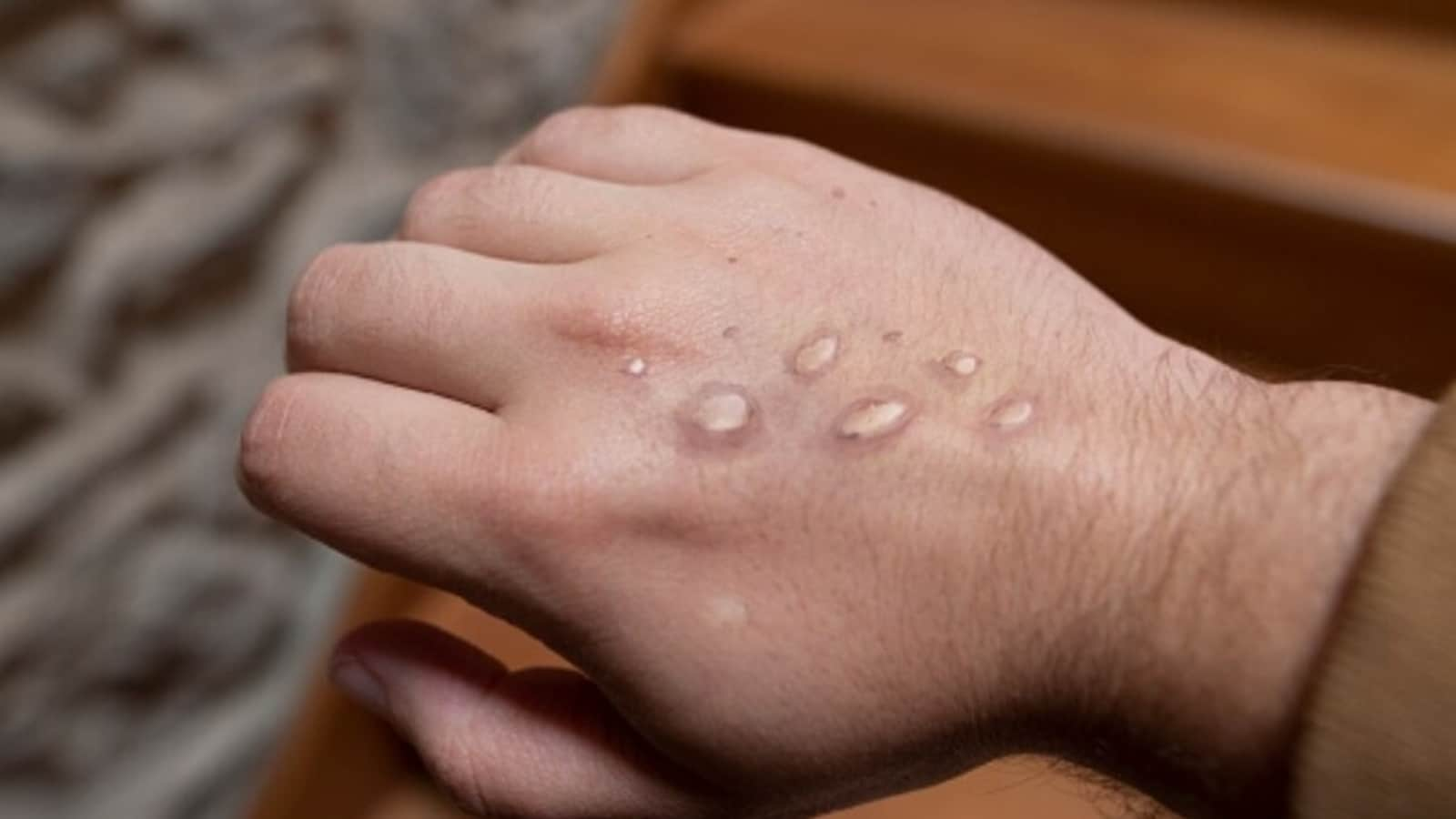We are lucky to live in a world that is free from smallpox. But how is the disease eradicated? See an extraordinary story.May 8, 1980, marks the day of one of the biggest achievements of Science: Eradication of Smallpox Virus. Before that date, smallpox formed the course of human history, killing millions of countless people throughout the world. In the 20th century alone, this virus claimed around 300 million lives.After hundreds of years of intensive scientific and community health efforts, vaccination programs around the world introduced in the 1970s ended the scourge of smallpox. But how was the first vaccine in the world developed, and why is it important that the vaccine is still buried and used in the case of Monkeypox?
Cowpox – Learn from Folklore
The scientific origin of the vaccine actually comes from folklore. In the 18th century, it was reported that milkmaids in England often captured cases of mild beef worms but rarely contracted smallpox.Cowpox is a disease that is similar to smallpox, but is lighter and is now known to be transmitted by a virus from the same family as smallpox.When Edward Jenner, a doctor, knew this story, he began to experiment with cowpox in his own work about inoculation. In the 1790s, Jenner used a needle to give a dose of worms under the skin of a boy aged 9 years. When the boy was then exposed to smallpox, he looked immune.
Jenner is not the first person to use pus to protect from infection. Similar procedures have emerged independently in many regions in the world, including Turkey, China, Africa and India, in the early 10th century. While Chinese doctors blow smallpox material on the nose, Turkish and African doctors introduce pus under the skin, like Jenner. Although such methods are at risk, people receive a form of mild disease and low chance of death with a rewards for protection from smallpox.Apart from the origin of the initials, it did not reach Jenner’s research that the scientific and medical world paid attention to the role that could be played by PUS in preventing smallpox. Jenner’s job creates a method of protecting smallpox that is proven and less risky, marking a turning point in the treatment of disease.
Inoculation spreads
Inoculation demand spread throughout the world in the 19th century Middle. In countries such as Britain, Germany and the US, inoculation is free for all members of the community, and then made compulsory. High-society women want to receive inoculation to prevent the face of pockmarked, while people inoculated or restored from smallpox are allowed to work safely with children.
The inoculation program is also driven by economic factors. Aristocratic class understands smallpox outbreaks among the poor who cause lack of labor. The case for free inoculation for everyone is related to protecting individual health as well as protecting social wealth.However, like today, the inoculation program is not celebrated universally. Many people see the procedure of a small chance of death as too risky, while opponents of religion believe that inoculation interferes with God’s plan.In the 19th century, anti-Semitic groups in Germany also claimed that the vaccine was part of a global Jewish conspiracy to damage the German people. A similar anti-semit conspiracy was observed during the recent anti-Vax Covid-14 movement.
Modern vaccine
Modern smallpox vaccine was made in the 1950s. The more sophisticated scientific method means it can be isolated and dry to allow long-term storage and stable distribution to sites around the world.The new smallpox vaccine is not true -actually contains smallpox viruses, but Vaccinia, a poxvirus that is similar to smallpox but is less dangerous. Like cowpox inoculation, Vaccinia causes small papules to develop on the skin, where the virus replicates. The body’s defense system then learns to recognize and destroy it.
Smallpox vaccines still useful today
Mixing smallpox may be one of the biggest achievements of humanity. Smallpox is a very deadly disease, with a mortality rate of around 30% for the main virus of Varola. Those who survived were often left with permanent scars and had to overcome the weakened symptoms including fever, pain, fatigue and vomiting.Smartpox vaccination efforts to open the way for several global vaccination programs, like that for Polio and Covid-19. We owe the extraordinary speed and effectiveness of the Covid-19 vaccination program for previous smallpox efforts.
SARS-COV-2, a virus that caused Covid-19, was first identified in December 2019, and the first vaccine was approved for use one year later in December 2020. Since then, the global vaccination program has aimed to overcome problems with the injustice vaccine to provide Protection throughout the world against viruses
Finally, despite being eradicated, smallpox vaccination is still useful today to help protect against similar viruses such as Monkeypox.At present, the IMVAnex smallpox virus is approved in Germany for people who are at risk of contracting Monkeypox, but it is not recommended for the general population because experts say it is impossible that Monkeypox will develop into Pandemi.


